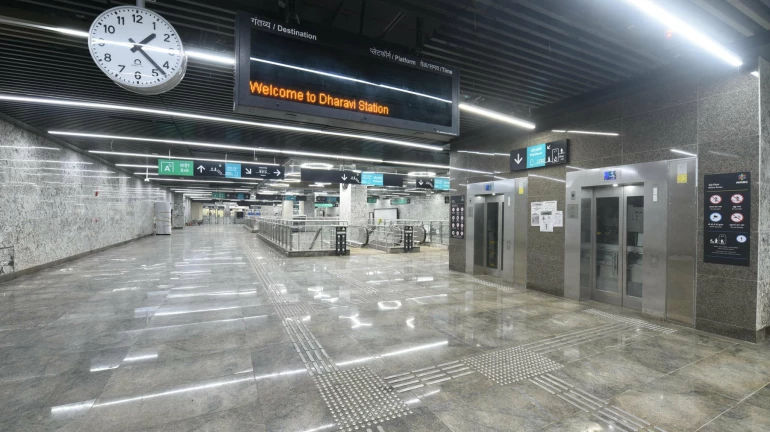
The much-awaited Mumbai Metro Aqua Line 3 is set to become fully operational in August. The Mumbai Metro Rail Corporation Limited (MMRCL) has already started laying the foundation stone for the city's next major underground metro line.
The agency has submitted a proposal for Metro Line 11, an extension of the Green Line, to the Maharashtra government for preliminary approval. The proposed line will start from Wadala and will run up to CSMT.
According to a report in Hindustan Times, citing the detailed project report (DPR) submitted by MMRCL, the proposed Line 11 will be 17.5 km long. The line will run from Anik Depot in east Mumbai to the historic Gateway of India in the south.
The route will pass through important and densely populated areas like Nagpada and Bhendi Bazaar. Like the Aqua Line, Line 11 will be mainly underground. Anik Depot will be the only ground-level station. The corridor is expected to significantly enhance connectivity in South Mumbai.
A senior MMRCL official explained that the proposal is currently under review by the state's Urban Development Department (UDD). Once approved by the UDD, it will be sent to the Union Urban Development Ministry for central approval.
The feasibility study and DPR of the project are key components of this approval process. Once approved, the next steps will include obtaining environmental and statutory clearances and seeking financial support from domestic or international agencies.
The plan outlines the initial deployment of a six-coach metro train. A new depot, spread over an area of 16 hectares, has been proposed at the existing Anik depot - Pratiksha Nagar bus depot. This will help in seamless integration of the metro with the existing bus infrastructure.
Line 11 will be connected to several major transport networks including Metro Line 4 (Wadala-Thane-Kasarvadavali), Aqua Line, Monorail and major suburban railway stations like Byculla and Chhatrapati Shivaji Maharaj Terminus (CSMT).
Eight of the 13 stations on Line 11 will be constructed using the cut-and-cover method, which involves excavation followed by tunnelling and surface restoration. The remaining five stations will be developed using the New Austrian Tunnelling Method (NATM).
MMRCL estimates that the line will serve approximately 5,80,000 passengers per day by 2031. The passenger count is expected to increase to around 8,69,000 by 2041. The specific schedule for tendering, project implementation and completion will be finalised after the project receives final approval from the state and central governments.





